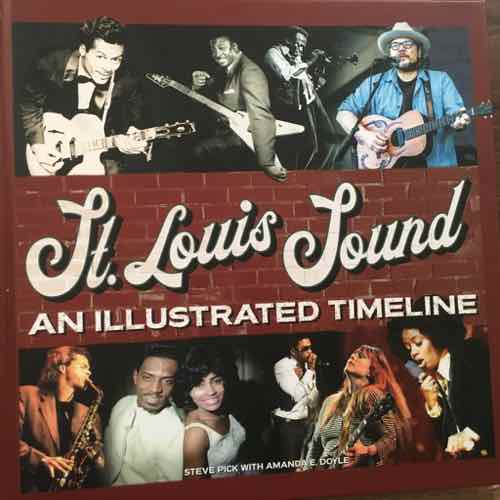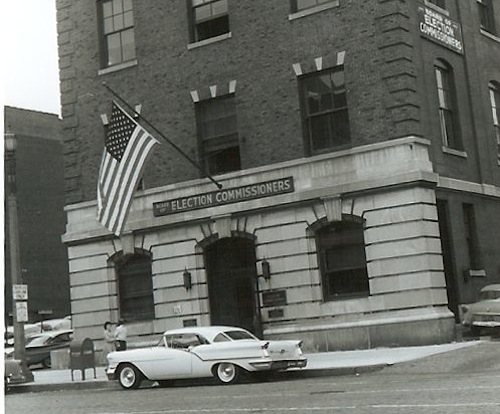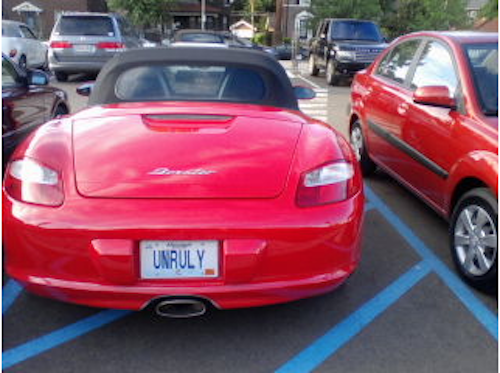New Book — St. Louis Sound: An Illustrated Timeline by Steve Pick with Amanda E. Doyle
|
|
I like music — I have a decent music collection (digital & vinyl), but I’ve never been to a concert. Well, I did see & hear Bonnie Raitt and many others at the New Orleans Jazz Fest in 2004. Though I’ve lived in St Louis for 28+ years, I haven’t participated in the local music scene other than hearing the Bosman Twins in 1990 and Kim Massie at a few events.
So when I received the new book St Louis Sound: An Illustrated Timeline I wasn’t sure I’d find anything of interest to write about. Boy was I wrong.

Let’s start with the publisher’s description:
From the French fiddlers of the fur trading days to the rock and hip hop icons of the present millennium, St. Louis has been a town rich in musical history. Though it has rarely been cited as a center of any scene, any area that has been home to Chuck Berry, Miles Davis, Ike & Tina Turner, Grant Green, Pavlov’s Dog, Uncle Tupelo, Nelly, and Pokey LaFarge has clearly deserved more attention. This book tells the story of music in St. Louis, from the symphonic to the singer/songwriter, from the radio stations that propelled it to the fanzines that documented it, from the musicians who left here for greater fame to those who stayed and made this town more vibrant. This is the first time that all the tributaries of the great St. Louis river of song have been covered in one place; classical, jazz, blues, r&b, rock’n’roll, country, hip hop, and more.
I’ve learned so much flipping through the photo-filled pages. For example, I’m a huge fan of Missy Elliott’s 1997 song The Rain (Supa Dupa Fly). If you don’t know it you can see the creative video here. Anyway, I’d long thought the chorus included a sample of an older song, but I’d never researched it. Then on the page after the venue Blueberry Hill was the entry on Kinloch-native Ann Peebles. It mentions she co-wrote her 1973 hit “I can’t stand the rain.” To Wikipedia and YouTube I went.
One comment on YouTube nailed it — that she sounds like a female version of Al Green. A very high compliment! The book mentions she worked with Green’s producer, Willie Mitchell. Online I learned about a 1978 disco cover by Eruption and a 1984 cover by the Tina Turner on her Private Dancer album. Peebles had previously worked with Oliver Sain (1932-2003), best known for Soul Serenade (YouTube). I also learned Sain had a recording studio in the 1905 building at 4521 Natural Bridge. Ann Peebles retired following a stroke.
I can’t think of another book that has brought me so many hours of joy as I combed through the intense level of detail, looking up names & songs on YouTube & Wikipedia, Googling venues to get addresses to look up.
If you’re into St. Louis and/or its music this book should interest you. Released today, it’s available via Left Bank Books, Amazon, etc.
— Steve Patterson



